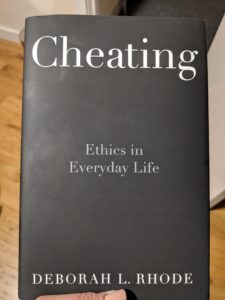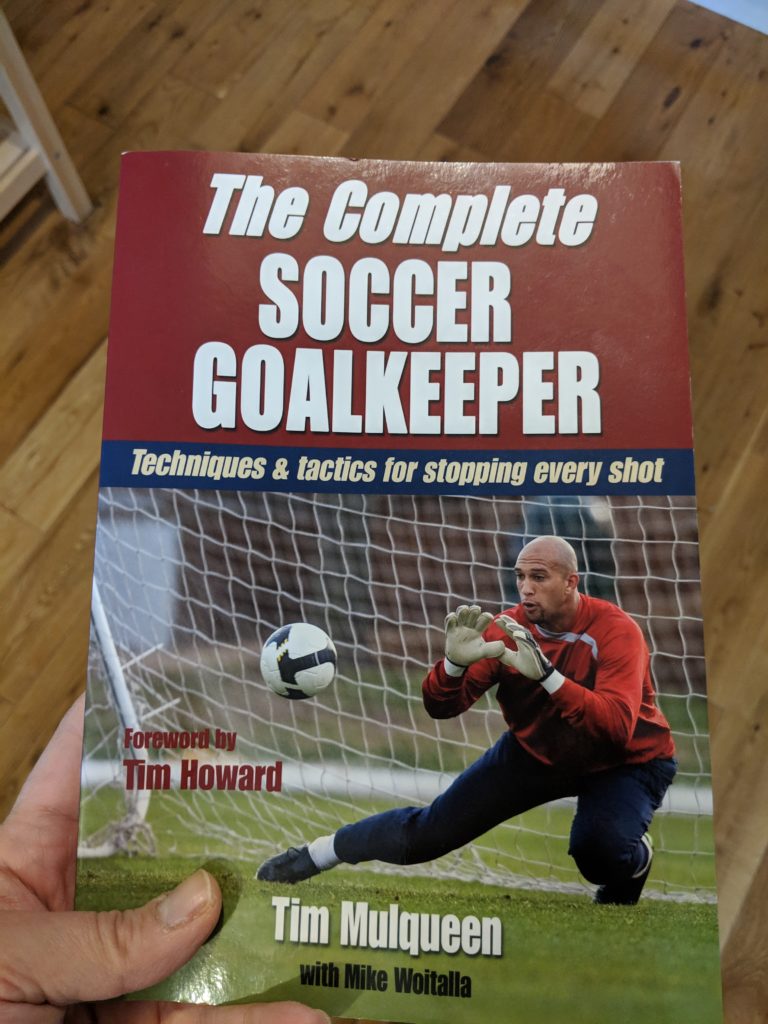What I’m Reading – 27 January 2019
Written by Ashley Kelmore, Posted in What I'm Reading
Racism
“First-year and second-year students in the Master of Biostatistics program received an email Friday afternoon from Neely, who encouraged them to “commit to using English 100% of the time” when they are in Hock Plaza—where the department is located—or other professional settings. According to screenshots of the emails, Neely wrote that two faculty members had stopped by her office and asked to see photos of the first- and second-year biostatistics masters students so that they could identify a group of students who were “very loudly” speaking Chinese in a lounge or study area.” Grad program director steps down after warning students not to speak Chinese (by Bre Bradham , Nathan Luzum , Xinchen Li and Kenrick Cai for the Duke Chronicle)
“What happened next is telling: In short, Phillips’ testimony about an incident in which a very large group of raucous boys surrounded him and acted with extreme disrespect is being ignored in favor of an after-the-fact narrative created by white teens from a virtually all-white school with a history of blatant and public racism. The boys’ narrative also is being amplified by white journalists, further disrespecting the Native elder and discounting the accounts of eyewitnesses at the scene. This discounting of experience is familiar to many of us: the women who seek reproductive health care who are effectively told we should endure abuse, the Native elder on sacred ground being made the “aggressor” as the only adult who tries to intervene in a situation, the people of color who constantly have largely male, majority-white media telling them “there’s more to the story” of their abuse than what they say. It’s the same story, different characters that we saw played out just recently in the U.S. Supreme Court hearings of Brett Kavanaugh, who also attended an elite Catholic school and whose alleged actions many defended as an example of “boys being boys.” White boys, of course.” White-Washing White Supremacy: Media Rushes to Excuse Covington Catholic Students (by Jodi Jacobson for Rewire)
“So what exactly happened in that room, between the four girls and the school nurse? With two starkly contrasting stories, we may never know the full details of what happened, but we know enough about the poor treatment of Black students in America’s schools to believe the worst could be true. It is hard to not be suspicious in light of the string of events over the last year during which Black people around the country have been subjected to white people calling the police to report them for doing nothing more than being Black and existing in public spaces.” A call to action after a story about 12-year-old Black girls being strip searched at school goes viral (by Feminista Jones for The Grio)
Labor
“If open floor plans don’t really enhance collaboration, and they make it hard for employees to focus on their work without distraction, what’s driving their increase? It’s probably no coincidence that open offices generally save employers a ton of money on office space.” Privacy, Please (by Alison Green for Slate)
Reproductive Trauma
“Larson’s labor and delivery had a happy ending: a healthy boy who’s now 4 years old. But her experience illustrates the need for meaningful, informed consent for medical procedures, which requires information disclosure, competence, and comprehension in addition to the act of saying “yes.” Without it, labor and delivery for people giving birth can be traumatic: One study found that the most common factor behind traumatic births was a lack or loss of control. And traumatic births—which up to a third of women experience, according to one study—can lead to postpartum depression, anxiety, and post-traumatic stress disorder. Given the rising maternal mortality and morbidity rate in the United States, especially among Black women, activists and experts stress the importance of addressing this problem head on.” ‘It Felt Like I Had Been Violated’: How Obstetric Violence Can Traumatize Patients (by Olivia Miltner for Rewire)
Health
“They also looked closely at lifestyle questionnaires – to rule out eating disorders, for example. Researchers found people who were obese were more likely to have a set of genes linked to being overweight. Meanwhile, people who were skinny not only had fewer genes linked to obesity but also had changes in gene regions newly associated with healthy thinness.” Skinny genes the ‘secret to staying slim’ (by
Anti-Trans Policies
“The move is a reversal of an Obama administration policy that ruled transgender Americans could serve openly in the military as well as obtain funding for gender re-assignment surgery. Aaron Belkin, director of the Palm Center, told the BBC: “We had an inclusive policy for almost three years. What today’s ruling enables is the whipsawing of policy, back and forth.”” US Supreme Court allows Trump military transgender ban (BBC)
Somthing Good
Just click this link.




